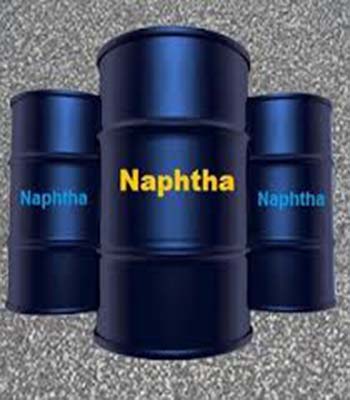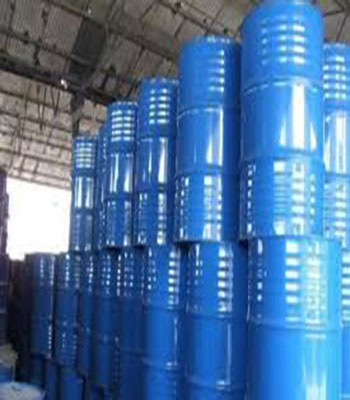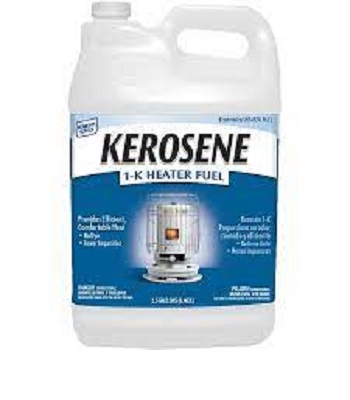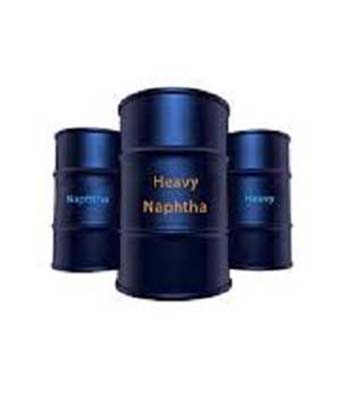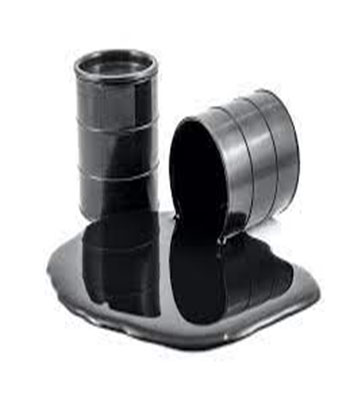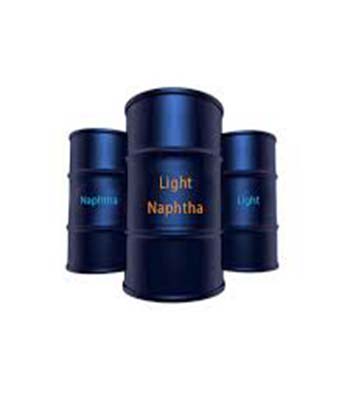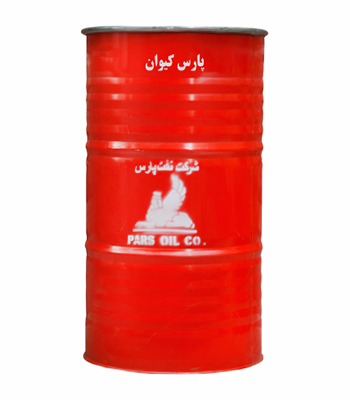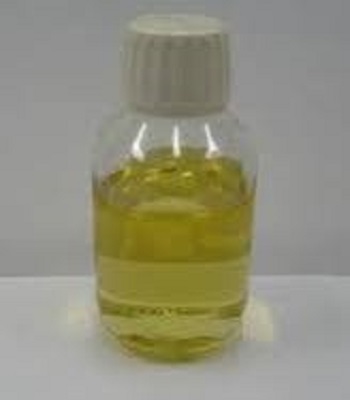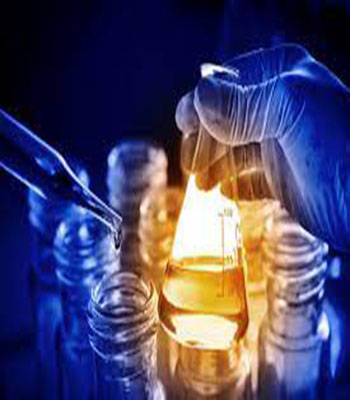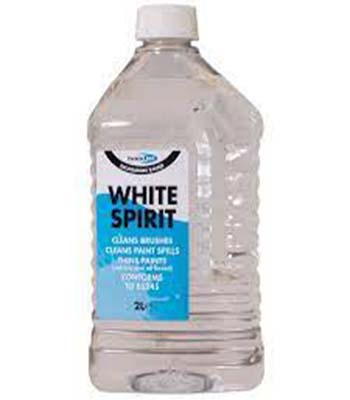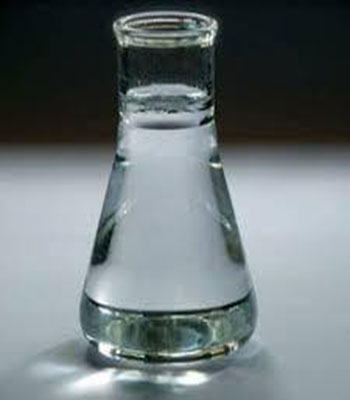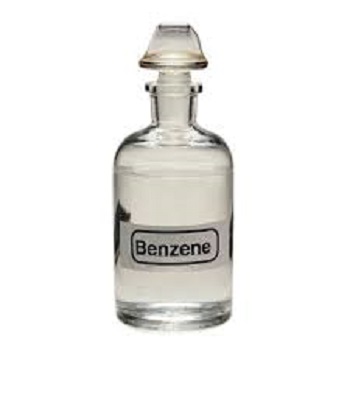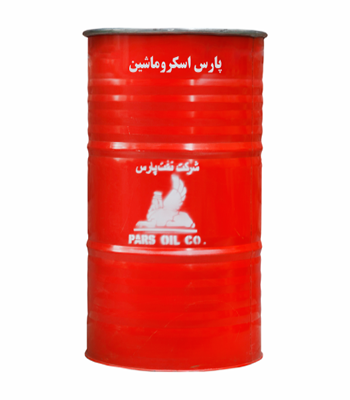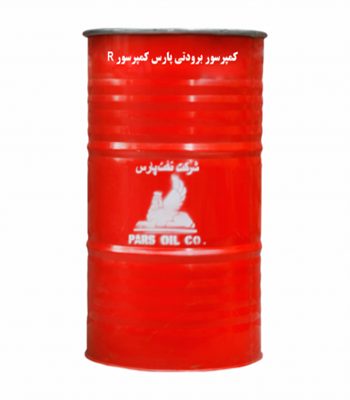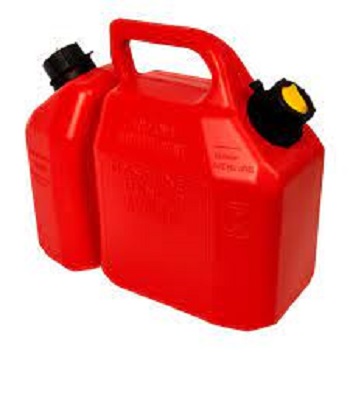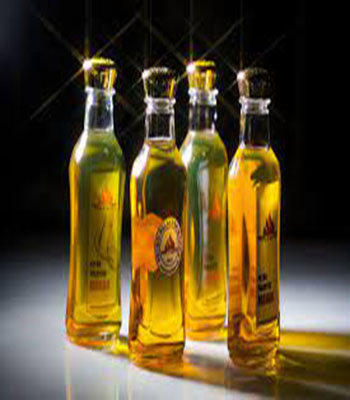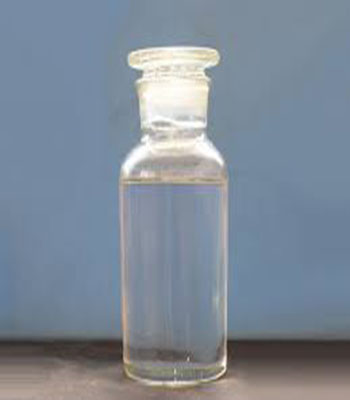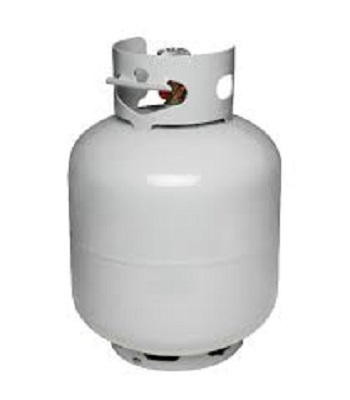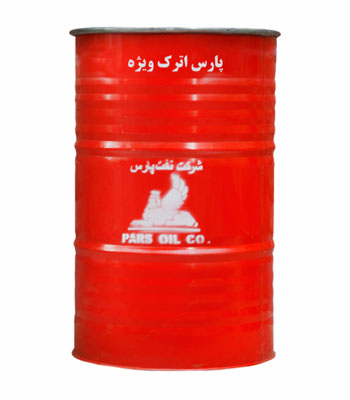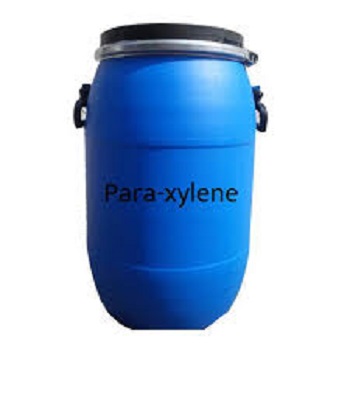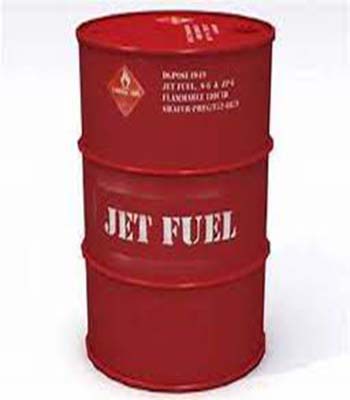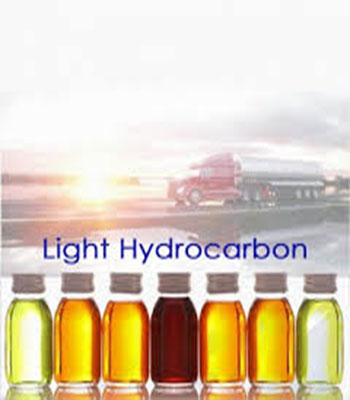NAPHTHA (C5+)
$0.00DESCRIPTION
Pentanes Plus is a complex mixture of C5 hydrocarbons rich in isopentane and pentane. This material is a colorless liquid with a gasoline-like odor. It is volatile (evaporates readily) and does not mix with water (negligible solubility). Pentanes Plus is recovered during the manufacture of benzene from pyrolysis gasoline (pygas).
MDI
$0.00DESCRIPTION
Methylene diphenyl diisocyanate is an aromatic diisocyanate. Three isomers are common, varying by the positions of the isocyanate groups around the rings: 2,2′-MDI, 2,4′-MDI, and 4,4′-MDI. The 4,4′ isomer is most widely used, and is also known as 4,4′-diphenylmethane diisocyanate.
Kerosene
$0.00Kerosene, also known as paraffin, lamp oil, and coal oil (an obsolete term), is a combustible hydrocarbon liquid which is derived from petroleum. It is widely used as a fuel in aviation as well as households. Its name derives from Greek: κηρός (keros) meaning “ wax“, and was registered as a trademark by Canadian geologist and inventor Abraham Gesner in 1854 before evolving into a genericized trademark. It is sometimes spelled kerosine in scientific and industrial usage.
Gasoline A90
$0.00Gasoline , or petrol is a clear petroleum-derived flammable liquid that is used primarily as a fuel in most spark-ignited internal combustion engines. It consists mostly of organic compounds obtained by the fractional distillation of petroleum, enhanced with a variety of additives.
Naphta-Heavy naphtha Bandar Abbas
$0.00Naphtha is a flammable liquid hydrocarbon mixture. Mixtures labeled naphtha have been produced from natural gas condensate, petroleum distillates, and the distillation of coal tar and peat. In different industries and regions naphtha may also be crude oil or refined products such as kerosene. Mineral spirits, also historically known as “naphtha”, is not the same chemical.
Crude Oil-Sooroosh Crude Oil
$0.00Crude oil or petroleum is a thick, flammable liquid of burnt brown or dark green, or black that is found in the upper layers of parts of the Earth’s crust. The oil contains a complex mixture of different hydrocarbons. Most of these hydrocarbons are from the alkane chain; But inwardly, composition or purity may vary greatly. Oil is called black gold. Oil is considered a fossil fuel and is non-renewable.
NAPHTHA HEAVY END-NAPHTHA
$0.00Naphtha refers to a range of volatile and flammable liquids produced by the distillation of petroleum. The liquids, which differ slightly in their chemical structures and boiling points, have various applications in the refining process – the main one as a feedstock for gasoline and the manufacture of olefins by the petrochemical industry.
Light Naphtha-Naphtha
$0.00Naphtha is a flammable liquid hydrocarbon mixture. Mixtures labeled naphtha have been produced from natural gas condensate, petroleum distillates, and the distillation of coal tar and peat. In different industries and regions naphtha may also be crude oil or refined products such as kerosene. Mineral spirits, also historically known as “naphtha”, is not the same chemical.
PARS FLUSHING-Industrial Oil
$0.00PARS FLUSHING oil is a very low sulphur content, non-detergent industrial flushing oil that is suitable for flushing, removal of light hydrocarbon based industrial fluid systems.
Applications
- Suitable for use in hydraulic, turbine or heat transfer system requiring cleaning and fluid extraction before recharge.
Performance Features
- Low viscosity
- Good compatibility with most hydraulic, turbine or heat transfer systems materials
PARS KEYVAN-Industrial Oil
$0.00PARS KEYVAN oil is blended from high quality mineral base oils and suitable additive to use in bearings and circulating systems.
Applications
- Circulating systems
- Closed gear boxes operating under light to heavy loads
- Control systems made from steel bronze or silver alloys
Performance Features
- Very good oxidation and thermal stability
- Excellent rust resistance
- Very good demulsibility
NAPHTHA HEAVY END
$0.00DESCRIPTION
Naphtha refers to a range of volatile and flammable liquids produced by the distillation of petroleum. The liquids, which differ slightly in their chemical structures and boiling points, have various applications in the refining process – the main one as a feedstock for gasoline and the manufacture of olefins by the petrochemical industry.
Naphtha
$0.00It Refers To A Class Of Liquid Hydrocarbon Fuels With High Volatility And Flammability Which Is Between Light Gases Such As LPG And Kerosene Cut In Gas Condensate Refinery’s Distillation Tower.
Condensate-Natural Gas Condensate
$0.00Gas condensate is mostly composed of pentane and heavier hydrocarbons (+ C5) and depending on its harvesting position can contain sulfur and salt and is usually free of metals and about half of it is naphtha.
Unlike butane and propane, gas condensates do not require special conditions to remain liquid and can be converted to diesel, gasoline, kerosene, jet fuel, etc. in various ways. Compared to crude oil refinery, in gas condensate refinery, conversion and refining processes are less, so its investment cost is less than the investment cost of crude oil refinery.
The specific calorific value of each liter of gas condensate is about 32706 BTU, which is approximately equal to the heat value of 826 /. Cubic meters of natural gas is the first national pipeline; Therefore, this product is of considerable importance for export due to its high calorific value. In such a way that its export can return the initial investment cost of a gas refinery in a short period of time, provided that it has the desired technical characteristics.
Gasoline A89
$0.00Gasoline , or petrol is a clear petroleum-derived flammable liquid that is used primarily as a fuel in most spark-ignited internal combustion engines. It consists mostly of organic compounds obtained by the fractional distillation of petroleum, enhanced with a variety of additives.
Crude oil-LIGHT CRUDE OIL
$0.00Crude oil or petroleum is a thick, flammable liquid of burnt brown or dark green, or black that is found in the upper layers of parts of the Earth’s crust. The oil contains a complex mixture of different hydrocarbons. Most of these hydrocarbons are from the alkane chain; But inwardly, composition or purity may vary greatly. Oil is called black gold. Oil is considered a fossil fuel and is non-renewable.
White spirit-mineral spirits
$0.00White spirit or mineral spirits , also known as mineral turpentine, turpentine substitute, and petroleum spirits, is a petroleum-derived clear liquid used as a common organic solvent in painting. There are also terms for specific kinds of mineral spirits, including Stoddard solvent and solvent naphtha (petroleum). Mineral spirits are often used as a paint thinner, or as a component thereof, though paint thinner is a broader category of solvent. Odorless mineral spirits (OMS) have been refined to remove the more toxic aromatic compounds, and are recommended for applications such as oil painting.
Heavy aromatic-Hydrocarbons
$0.00A complex combination of hydrocarbons obtained from distillation of aromatic streams. It consists predominantly of aromatic hydrocarbons having carbon numbers predominantly in the range of C9 through C16 and boiling in the range of approximately 165
Benzene-Hydrocarbons
$0.00Benzene is a chemical that is a colorless or light yellow liquid at room temperature. It has a sweet odor and is highly flammable. Benzene evaporates into the air very quickly. Its vapor is heavier than air and may sink into low-lying areas. Benzene dissolves only slightly in water and will float on top of water.
PARS SCREW MACHINE- Industrial Oil
$0.00PARS SCREW MACHINE oil is versatile, moderate extreme pressure neat cutting oil manufactured from high quality base oils and special additives for use in a wide range of severe cutting operations. PARS SCREW MACHINE oil also contains additives to control the generation of oil mist during service.
Applications
- Neat cutting application such as gear cutting , grinding , tapping and , …
Performance Features
- High quality surface finishing
- Good anti – mist formulation
- Very good lubricating and cooling properties
PARS REFRIGERATOIN COMPRESSOR- Industrial Oil
$0.00PARS REFRIGERATION COMPRESSOR oil is high quality hydro-treated naphthenic mineral base oil. Specific selection of the base oil gives a range of products especially suited for the efficient lubrication of refrigeration compressors.
Applications
- Refrigeration compressors with ammonia as refrigerant
Performance Features
- High quality base oils
- Very good stability
- Good cleanliness
- Good lubricity at low temperature
- High chemical stability in contact with ammonia as refrigerant
Performance Levels
- DIN 51503 KAA
Benzene
$0.00DESCRIPTION
Benzene (cyclohexa-1, 3) is the basis of a group of hydrocarbons referred to as “aromatics”. It is a clear colorless liquid, with a characteristic aromatic smell. Benzene is produced worldwide in substantial quantities, and because it is very easy to transport by ship, it is traded internationally.
Gas oil
$0.00This Fuel is Obtained From Middle-Distillation Products Of Refinery Of Which Distillation Range Lies At 150-385 Degrees Celsius. This Product Is Refined Chemically And Physically In Such A Manner That Comprising Hydrocarbon Compounds Have Proper Function In Torches And Internal Combustion Engines. The Natural Color Of This Product is Amber. It is Applied As Fuel In Internal Combustion Diesel Engines And As Fuel For Types Of Household And Industrial Torches.
Gas Oil-Gas Oil 5000ppm
$0.00Gasoil (French: Gasoil) or petroleum gas or diesel fuel (French: Diésel) is used as fuel for diesel engines and thermal installations. Its hydrocarbon range is between C14-C20 and even C25 with a boiling point range of 385-250 degrees Celsius. Petroleum gas mainly consists of three groups of paraffinic, naphthenic and aromatic, has a minimum flash point of 54 ° C and a maximum pour point of 0 ° C.
Hydrocarbons-Heavy Hydrocarbon
$0.00Hydrocarbons, simply in the science of chemistry, are a group of organic materials in whose molecular structure only the atoms of the elements carbon and hydrogen are involved. Hydrocarbons, like the classification of all organic matter, fall into two groups: aliphatic and aromatic. On the other hand, hydrocarbons can be divided into two unsaturated groups and a saturated group.
CRUDE OIL-HEAVY CRUDE OIL
$0.00Crude oil or petroleum is a thick, flammable liquid of burnt brown or dark green, or black that is found in the upper layers of parts of the Earth’s crust. The oil contains a complex mixture of different hydrocarbons. Most of these hydrocarbons are from the alkane chain; But inwardly, composition or purity may vary greatly. Oil is called black gold. Oil is considered a fossil fuel and is non-renewable.
Gasoline87
$0.00Gasoline , or petrol is a clear petroleum-derived flammable liquid that is used primarily as a fuel in most spark-ignited internal combustion engines. It consists mostly of organic compounds obtained by the fractional distillation of petroleum, enhanced with a variety of additives.
Lightends-Hydrocarbons
$0.00Light ends are the light hydrocarbon gases and liquids that come off the top of distillation towers and fractionators. This usually includes refinery gas and some C3s and C4s.
Propane-Hydrocarbon
$0.00Propane is a three-carbon alkane with the molecular formula C₃H₈. It is a gas at standard temperature and pressure, but compressible to a transportable liquid. This product is used as raw material for production of olefins and also as fuel.
PARS ATRAK VIDJEH- Industrial Oil
$0.00PARS ATRAK VIDJEH oil is a highly stable oil-in-water emulsion developed for use as a cost effective metalworking fluid. It is formulated with suitable base oils, good additives and emulsifiers to provide in a variety of metalworking fields.
Applications
- Machinery operation
- Drilling
- Sawing
- Grinding
Performance Features
- Very good lubricity
- Excellent emulsion stability
- Without unpleasant odor
- Rust and corrosion resistance
- Excellent cooling properties
- Contains biocide
Performance Levels
- ISO – L- MAA
- ISIRI 2773
PARS ZANJIR SHT-Industrial Oil
$0.00PARS ZANJIR SHT oil is a supreme performance synthetic high temperature lubricant designed especially for lubrication of hot conveyor chains in drying ovens and similar severe applications. It is formulated from synthetic base oils and advanced additives.
Applications
- Lubrication of hot conveyor chains in drying ovens operating under temperatures up to 250 oC
Performance Features
- Excellent oxidation stability
- Excellent thermal stability
- Very good anti- wear properties
- Very good performance at high temperature
para-xylene
$0.00DESCRIPTION
Para-Xylene is made by separating compound xylene, and is a transparent liquid with no color. It is harmful to the body. The product has high value as it is used to produce terephthalic acid, which becomes raw material for polyester, fiber, PET bottles, and films.
Jet fuel
$0.00This fuel in terms Of distillation range, is very similar to kerosene. The fuel is produced by appropriate additives, refining and treatments. Because of high flash point (More Than 40 Degrees Celsius), it is acceptable to use it in turbine engines of airplanes.
This fuel is also called “Jet A-1”. Lead-Free Paraffin (Or Jet A) is similar to gasoil and it’s possible to Use it not only in jet motors but also in diesel motors.
Gas Oil-Gas Oil 500 ppm
$0.00Gasoil (French: Gasoil) or petroleum gas or diesel fuel (French: Diésel) is used as fuel for diesel engines and thermal installations. Its hydrocarbon range is between C14-C20 and even C25 with a boiling point range of 385-250 degrees Celsius. Petroleum gas mainly consists of three groups of paraffinic, naphthenic and aromatic, has a minimum flash point of 54 ° C and a maximum pour point of 0 ° C.
Hydrocarbon-Light Hydrocarbon
$0.00Hydrocarbons, simply in the science of chemistry, are a group of organic materials in whose molecular structure only the atoms of the elements carbon and hydrogen are involved. Hydrocarbons, like the classification of all organic matter, fall into two groups: aliphatic and aromatic. On the other hand, hydrocarbons can be divided into two unsaturated groups and a saturated group.
crude Oil-Forozan Ecrude Oil
$0.00Crude oil or petroleum is a thick, flammable liquid of burnt brown or dark green, or black that is found in the upper layers of parts of the Earth’s crust. The oil contains a complex mixture of different hydrocarbons. Most of these hydrocarbons are from the alkane chain; But inwardly, composition or purity may vary greatly. Oil is called black gold. Oil is considered a fossil fuel and is non-renewable.
Kerosene-KeroseneC9-C16
$0.00Kerosene, also known as paraffin, lamp oil, and coal oil (an obsolete term), is a combustible hydrocarbon liquid which is derived from petroleum. It is widely used as a fuel in aviation as well as households. Its name derives from Greek: κηρός (keros) meaning “ wax“, and was registered as a trademark by Canadian geologist and inventor Abraham Gesner in 1854 before evolving into a genericized trademark. It is sometimes spelled kerosine in scientific and industrial usage.

